Wealth Creation: A Systems Mindset for Building and Investing in Businesses for the Long Term
$24.91
| Author(s) | |
|---|---|
| Format |
|
| Pages |
205 |
| Publication Year |
2010 |
Wealth Creation is for investors, but public policy makers take note. Its message for both is that wealth is created from within, not top down or outside in. For investors there are practical guidelines to identify firms early in their life cycle that demonstrate a high capacity for innovation and integrity, and that listen to and serve their customers. Policy makers must nurture this business environment for all to prosper.
Bartley J. Madden is not only a successful entrepreneur with a proven record of developing investment tools, but also a deep thinker intent on understanding the key principles for entrepreneurial success. In Wealth Creation, he shares his insights for a systems approach to creating and transforming knowledge into things people value. Madden recognizes that wealth is not a fixed pie, the distribution of which produces winners and losers. Rather it is something that is created—through ideas, knowledge, and action—providing benefits not only to the entrepreneur, but for consumers and employees as well.
The book brings together insights from a range of disciplines, from finance and accounting to behavioral economics and management efficiency, and will intrigue several different audiences, from budding entrepreneurs to investors, managers, and boards of directors wanting to fundamentally improve corporate governance. It should be required reading for government officials in order to help them meet their respon-sibilities to protect investors and consumers while not hampering innovation and economic growth. Madden presents compelling arguments that appropriate regulation—which provides for feedback and learning and respects the efficiencies that emerge when people are free to act to meet their needs—can help stave off future financial crises.
Contents:
- A Systems Mindset
- The Wealth-Creation System
- The Ideal Free-Market System
- The Competitive Life-Cycle View of the Firm
- The Life-Cycle Valuation Model as a Total System
- Business Firms as Lean, Value-Added Systems
- Corporate Governance
- Concluding Thoughts
Wealth Creation: A Systems Mindset for Building and Investing in Businesses for the Long Term By Bartley J. Madden pdf
7 reviews for Wealth Creation: A Systems Mindset for Building and Investing in Businesses for the Long Term
Clear filtersOnly logged in customers who have purchased this product may leave a review.

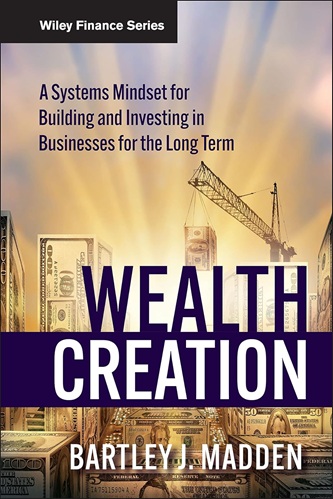
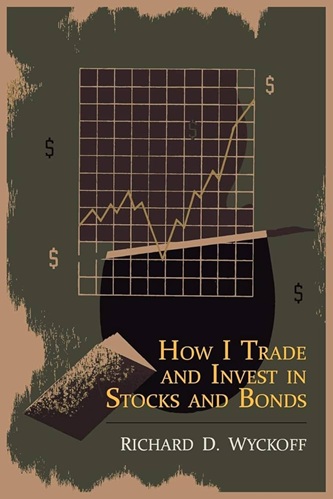
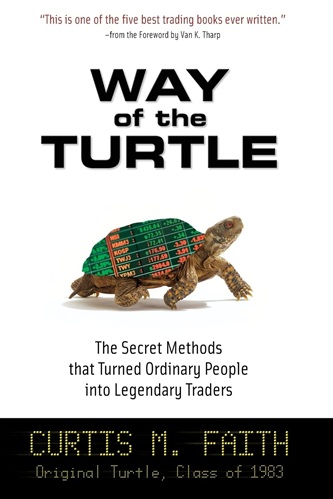
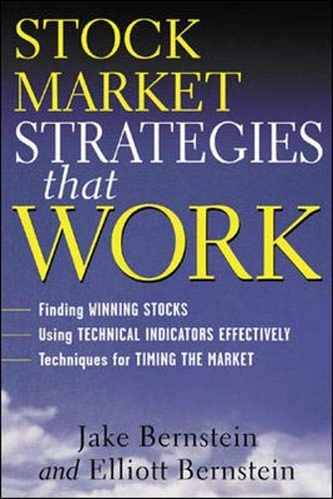
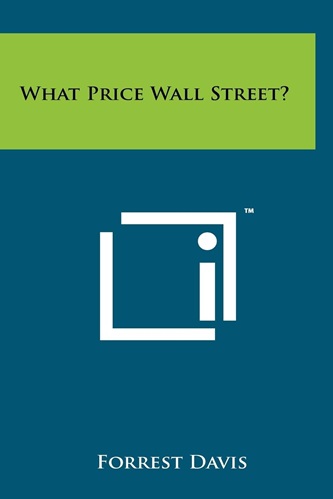
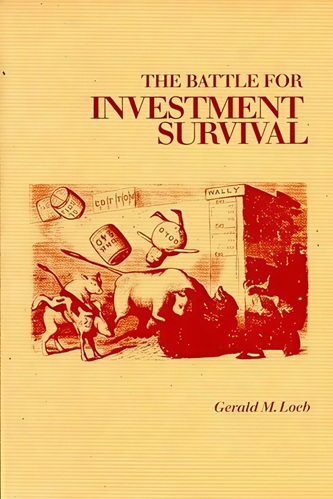
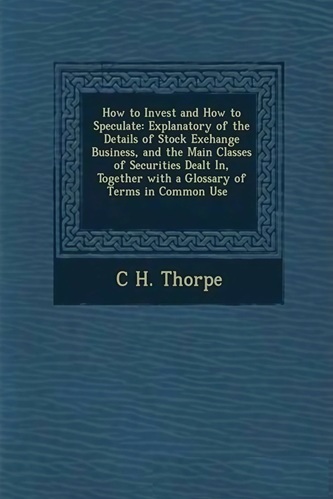
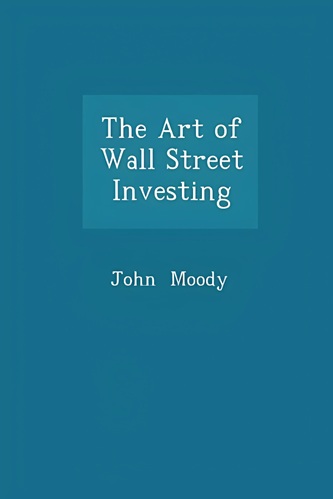

Leighton Greer (verified owner) –
Madden combines several concepts like systems theory, lean production, Deming’s Plan-Do-Check-Act learning cycle, key performance variables (metrics) and a valuation model with greater emphasis on the cost of capital (including human capital) into a “competitive life-cycle” view of the firm.
Companies that adopt Madden’s methodology should be better able to overcome Schumpeter’s model of high innovation followed by competitive fade, maturity and eventual failure. Shareowners are more likely able to key in on valuation issues using a longer-term perspective and are likely to be less startled with earnings surprises using Madden’s framework.
Madden argues against “fair value” accounting, arguing that a measure of economic return should express what was received, against what was given up. That can’t be properly measured if the original cost outlays are unavailable but supplementary information on estimated market value would be a plus.
Although he recognizes the need to account for intangibles (especially around human capital), he provides little guidance in this area other than recommending that whatever definitions are utilized should be tagged using XBRL to enable fine-grained analysis. However, one slim volume can’t be faulted for not providing detailed guidance to every step in a recipe.
The book includes a helpful chapter on corporate governance where he calls most management arguments against greater shareowner involvement like their supposed short-termism “a smoke screen because the plain fact is that CEOs want to either hand-pick board members, or at least have veto power over nominees.”
One idea of Madden’s that deserves to catch fire is the “shareholder value review” (SVR), where boards demonstrate in the annual report how they are fulfilling their duty to shareowners to create wealth. Such reviews would include three key elements:
– A description of the valuation model used to connect the firm’s financial performance to its market value, plus a description of how the firm is organized and managed in order to nurture a performance-oriented culture.
– Value-relevant track records that chart the wealth-creation/dissipation performance for each of the firm’s major business units.
– A description of each business unit’s strategy and the related rationale for planned reinvestment or downsizing if the unit has no reasonable plan for well-above-cost-of-capital economic returns.
Again, Madden emphasizes use of XBRL in facilitating the ability of both directors and shareowners to be able to drill down through life-cycle track records to perform customized analysis. Shareowners have recently had some success in filing resolutions requesting that companies include various environmental reports in their annual reports. It would be interesting to see shareowner proposals seeking inclusion of SVRs and their eventual use by funds such as CalPERS in developing their focus lists of underperformers.
Lucas Fry (verified owner) –
I go to NYU graduate school and specialize in Finance.
“Wealth Creation” helped me on fundamental analysis and brought me different perspectives.
If you want to sharpen your financial analysis skills, this is the right book for you I believe.
Ayden Castro (verified owner) –
Reading, “Wealth Creation” helped to shape my views on what areas I should be focusing my equity research on. The book uses very relevant examples to highlight its points throughout.
The company life cycle analysis is a very good way to visualize where to look for companies when looking to target market and economic cycles.
I would recommend this book for investors who are looking to bring company lifecycle analysis into their own research and analysis, overall a great read
Eloise Orozco (verified owner) –
For educated people who want to know the big picture so they can make better investment decisions. Or, for those who own businesses and want to grow them so as to create more wealth. This book helps you make the right business growth decisions. If you aren’t a financial expert, you will find yourself saying, “Aha, I get it much better now.” If you are an expert, especially specialists, you will enrich your abilities through a broader understanding. This is the book for investors who want to know such things as what are the causes of changes in stock prices, how important is the skill of a business’s management, what about competition, is it better to invest in a new or old, solid business? Not only is the big picture and its conceptual components presented in an understandable way, but actual examples of important companies and their results in creating or destroying the company’s wealth are shown and explained in graphs. All in one short, concise book, written by a real world, financial economist who is lauded by two Nobel Laureates in Economics, business leaders, and academicians.
Zola Davis (verified owner) –
I enjoy reading about systems engineering – I thought this was going to be a little more involved or interesting, but overall, I found it somewhat obvious and more about outside regulatory factors as opposed to building an intelligent system.
Yamileth Eaton (verified owner) –
Found the book very interesting, specially when the PAK loop was discussed and explained. In many ways we need to act based from our perception, but importantly to LEARN. Is a fast reading book from which learned a lot of value.
Keanu Moyer (verified owner) –
This is a great book packed with information for anyone trying to understand stock valuation and more importantly puts the recent credit bubble into perspective (govt’ bailouts vs a truly free market system).
To paraphrase the book, if we look at any investment, the only real way to create and measure wealth is to have a framework that keeps track of long term performance metrics that reward good behavior, punish bad behavior and employ a feedback learning loop so the process continually improves…a life cycle framework. This is the only way a firm’s actions can be tied to changes in stock price and capital can be allocated to the highest returning projects generating more wealth.
There are examples on how corporate managers and investors often focus on short term metrics such as EPS and miss the long term picture to wealth creation. This book provides a mindset and framework for investors to find companies such as Walgreens and IBM that were able to deviate from Wall Streets focus on short term earnings and create real value for it stakeholders.
Also important, and Madden hits on this in the book, is how these same principles apply to gov’t actions that affect the economy. While reading this book, I kept thinking of how the government continually focuses on short term factors such as GDP and monthly PPI. How many of the current decisions by our govt are really centered around a framework discussed in this book that is proven to create value over the long term versus short term actions that help the next report on GDP?
Finally there is a great chapter on how this framework can be employed by boards of directors. At the center is a push to provide BODs a uniform framework to help them measure wealth creation over the long term. In other words, a framework that forces the discussion away from short term earnings to real wealth creation.